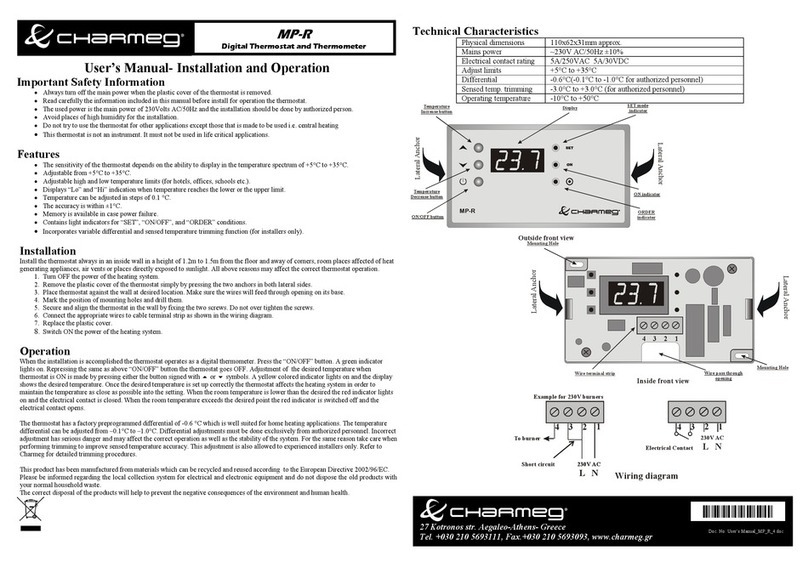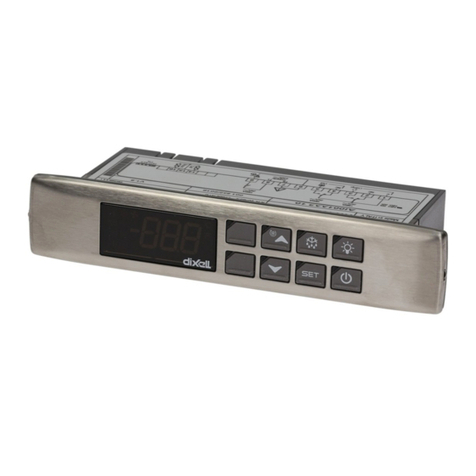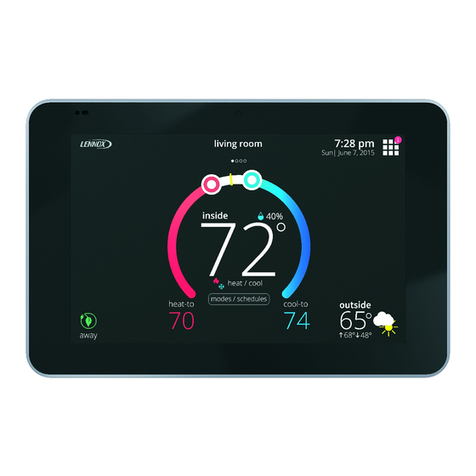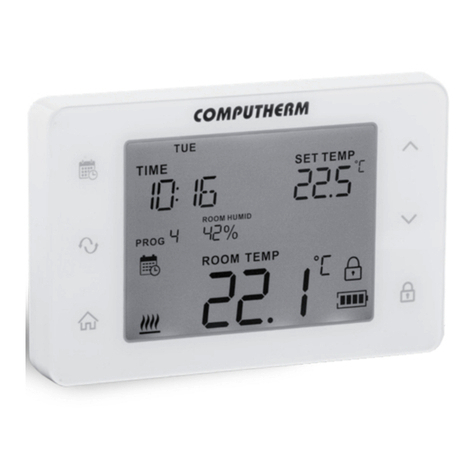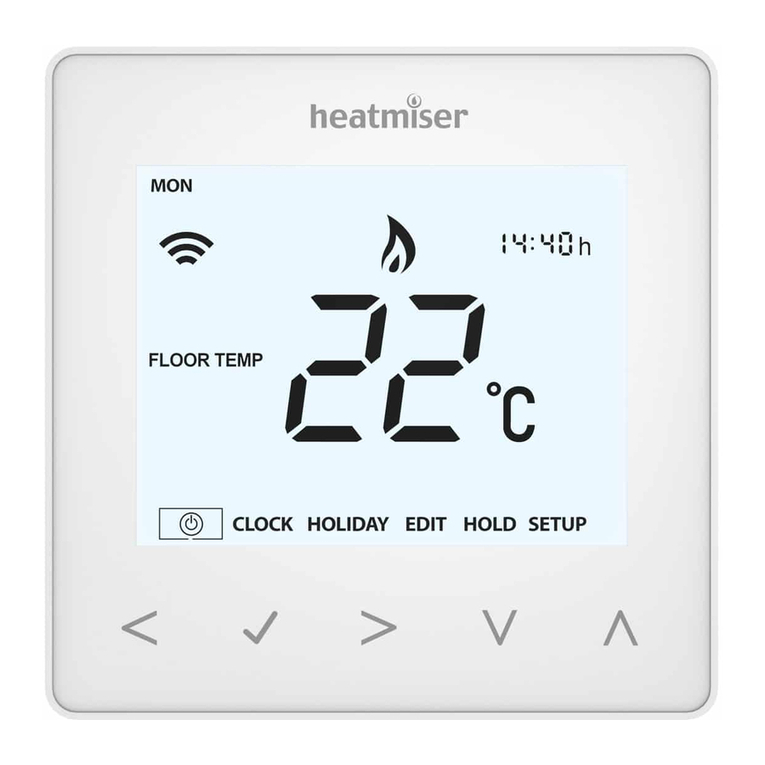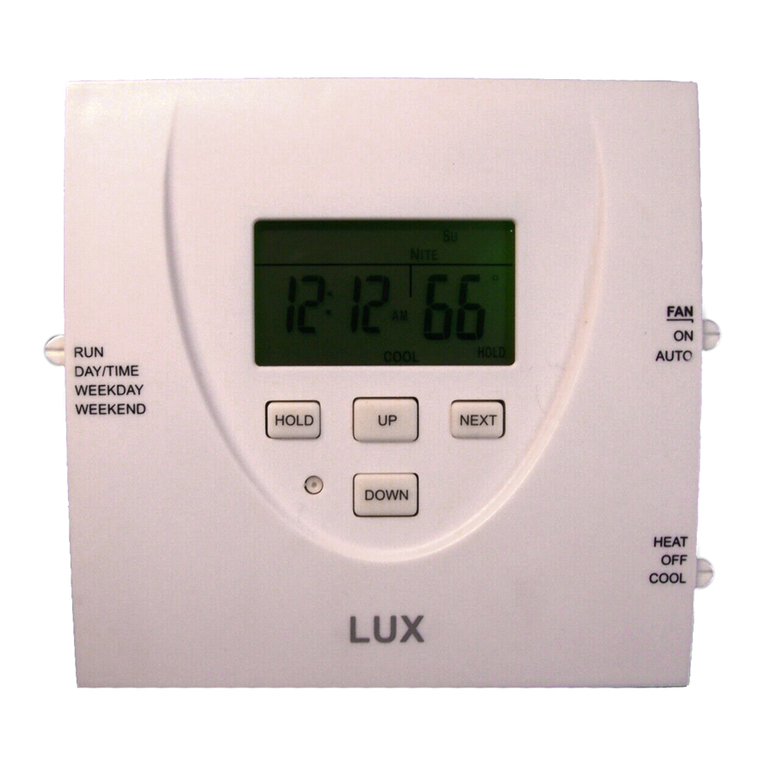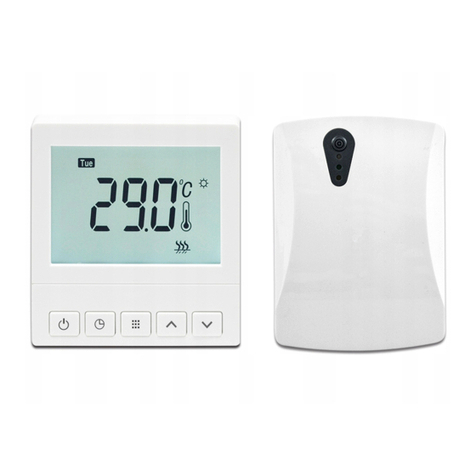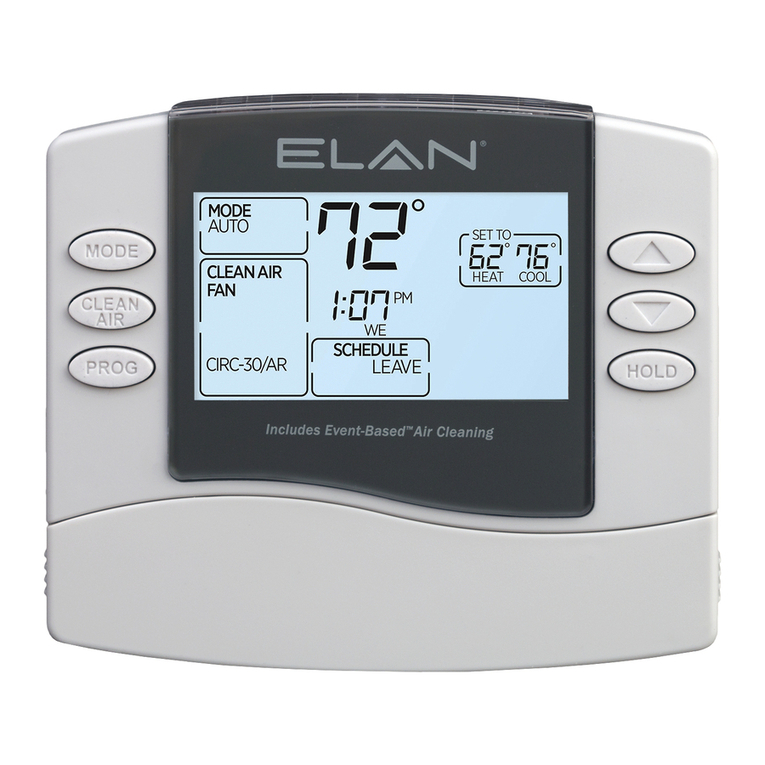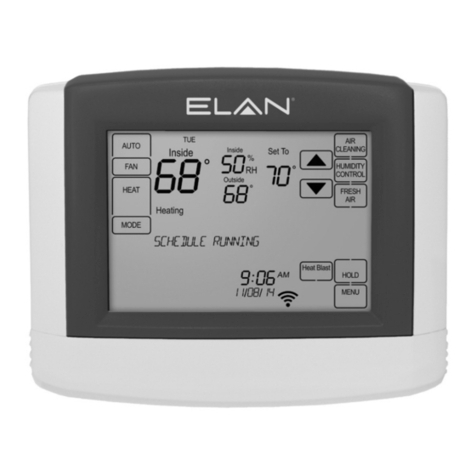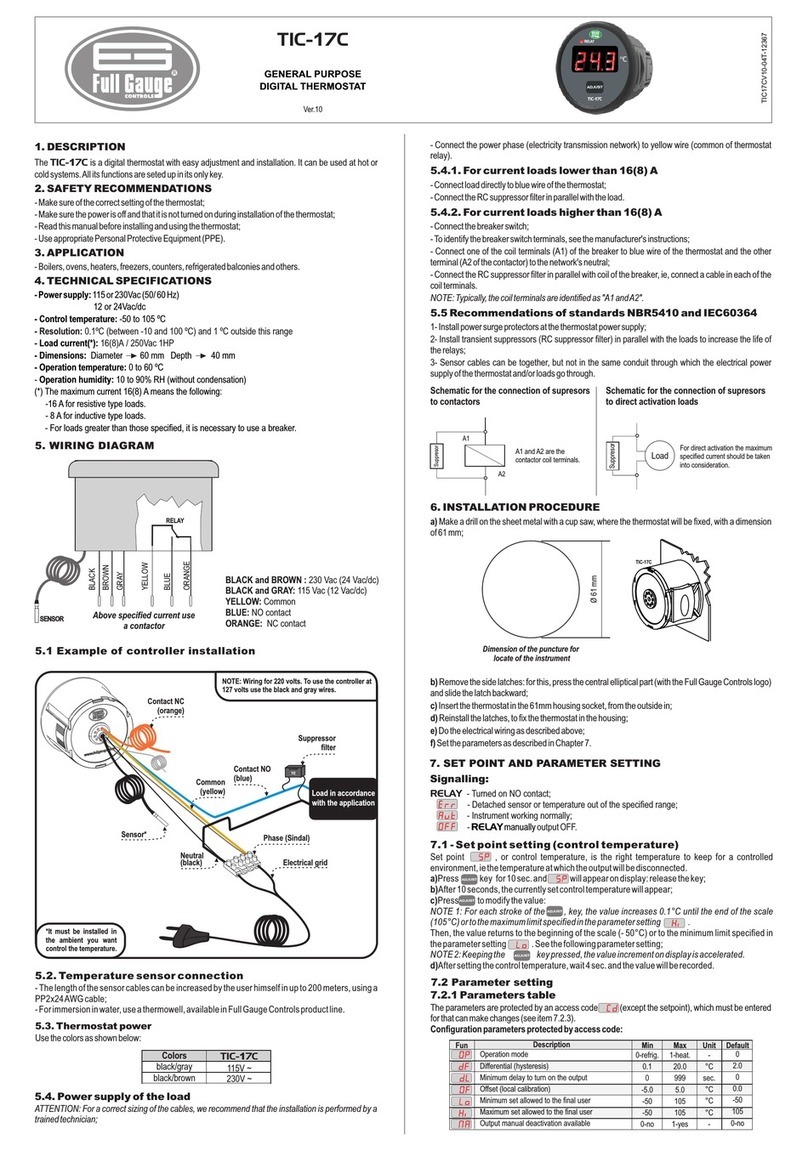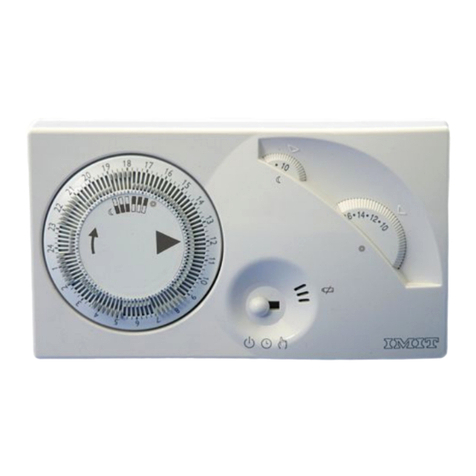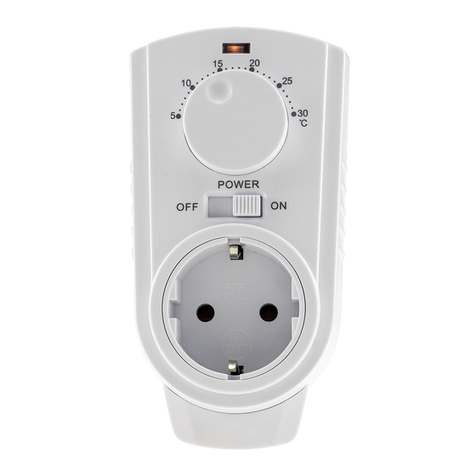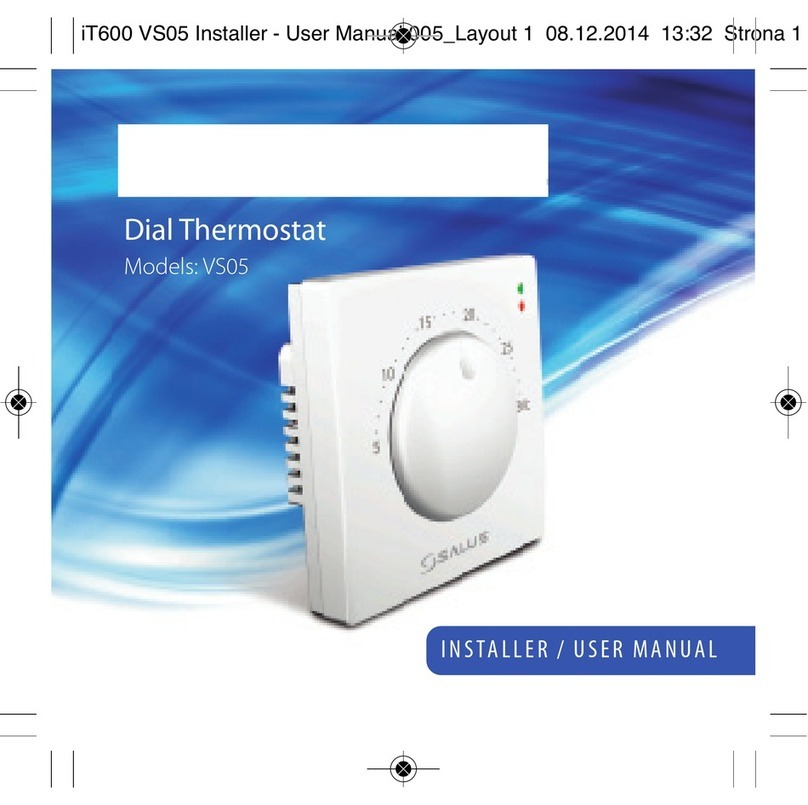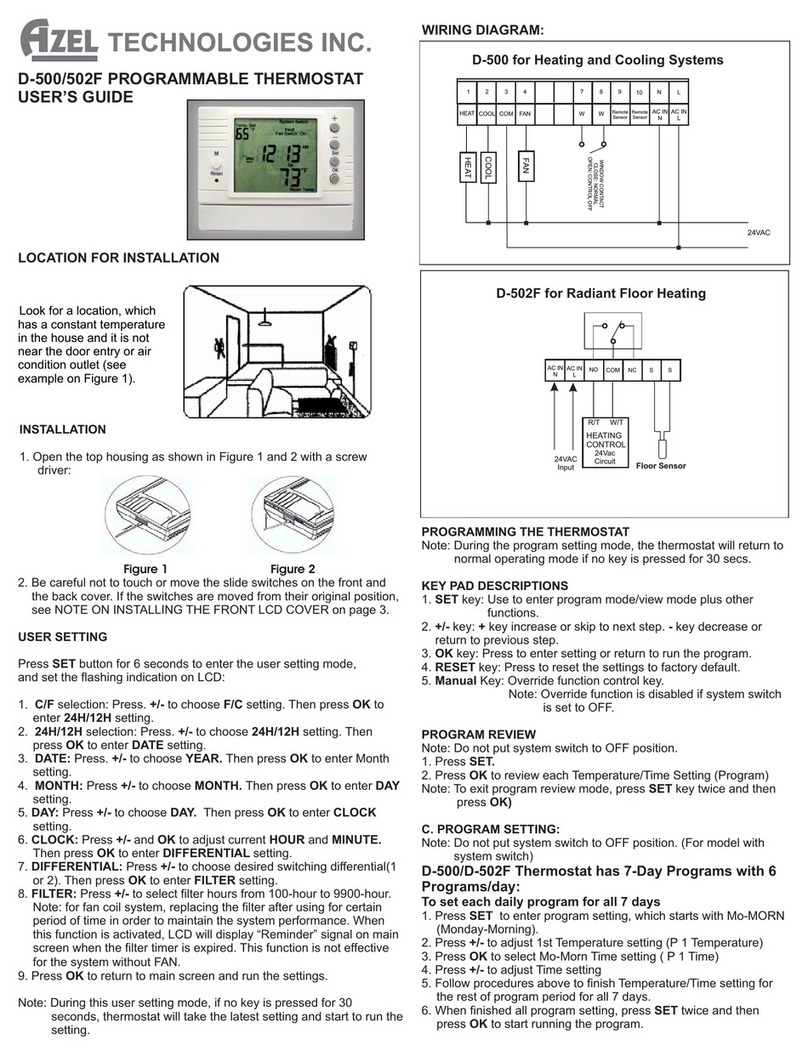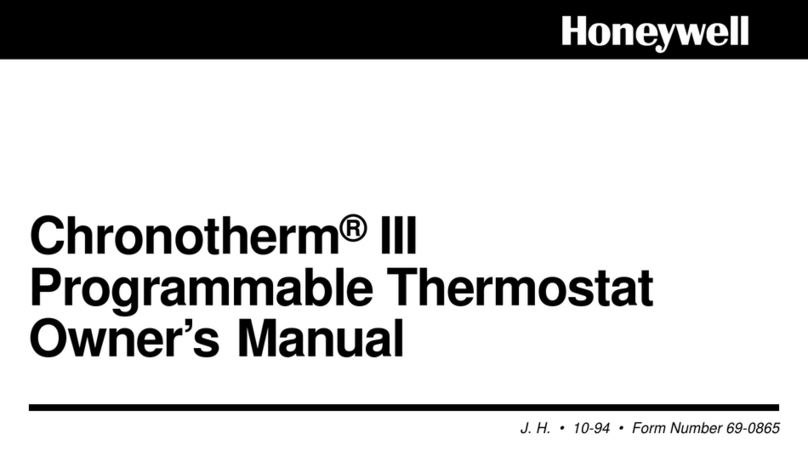
2 of 11
RCS THERMOSTATS DO NOT SUPPORT THE FOLLOWING FEATURES:
Any feature not specifically noted as “supported” is not supported.
Mode Control: Auto Heat Cool is not available for external control on the TR16 thermostats.
Message Features: Message features supported by RCS for display of text based messages on the WDU
readout are not supported in g!
Humidity: No humidity features or sensors are supported with RCS climate systems.
External Sensors: Remote sensors that do not replace the room sensor or provide outside temp are not
supported.
Decimal Temperature Control: g! Core module 5.5 added support for decimal/fractional temperature display.
The RCS Thermostats are not compatible with control using fractional numbers.
Note: The TS16 and TS40 are equivalent models to the TR16 and TR40, sold for use with Zoned Systems.
They do not include the HVAC controller hardware, as this is part of the ZCV Series controller.
INSTALLATION OVERVIEW
RCS Thermostats may be integrated with the Elan g! system either for RS-485 or RS-232 control. 485
Connections may be made to either a RS-485 port on a g! Controller, EdgeBrick, or on the RS-485 port of a
legacy MultiBrick. RS-232 connections may be made directly to the controller or through a variety of other
methods such as EdgeBrick, Moxa, or Global Cache.
CONVENTIONAL SYSTEM WITH 8AH485D OR 485PB RS485 WIRING HUB
1. Run Cat5 or 18/4 cable from the Wall Display Unit location to the Control Unit location for new installs.
Retrofit installs may use existing 4-wire cable.
2. If possible, mount the HVAC Control Units and the Wiring Hub in the same location, as this will reduce
wiring labor and facilitate system debugging.
3. Run Cat5 or 18/4 cable from the Control Units to the Wiring Hub, and run appropriate control cable from
the Control Units to the heating and cooling equipment. Consult the HVAC equipment/RCS documentation
for cabling requirements.
4. Run Cat5 from the Wiring Hub back to the g! system.
5. Mount and connect the Wall Display Unit, the Control Unit and the Wiring Hub electrically using the
diagrams provided.
6. Recheck the wiring at the Wall Display Unit, the Control Unit and the Wiring Hub.
7. Install and power up the thermostats one at a time. Program the thermostats as outlined in the thermostat
programming section, noting the thermostat ID number.
8. Test the thermostat and climate system to ensure that the thermostats correctly turn on the appropriate
heating or cooling equipment, and open or close the appropriate valves / dampers.
9. Connect the g! system to the RCS thermostats electrically. See the wiring diagrams.
10. Configure the g! system for the thermostats and confirm communication between the thermostats and the
g! Controller.
11. Test the system by changing the set points, modes and schedules on the viewer and various thermostats,
confirming that the various components in the system respond as expected.
